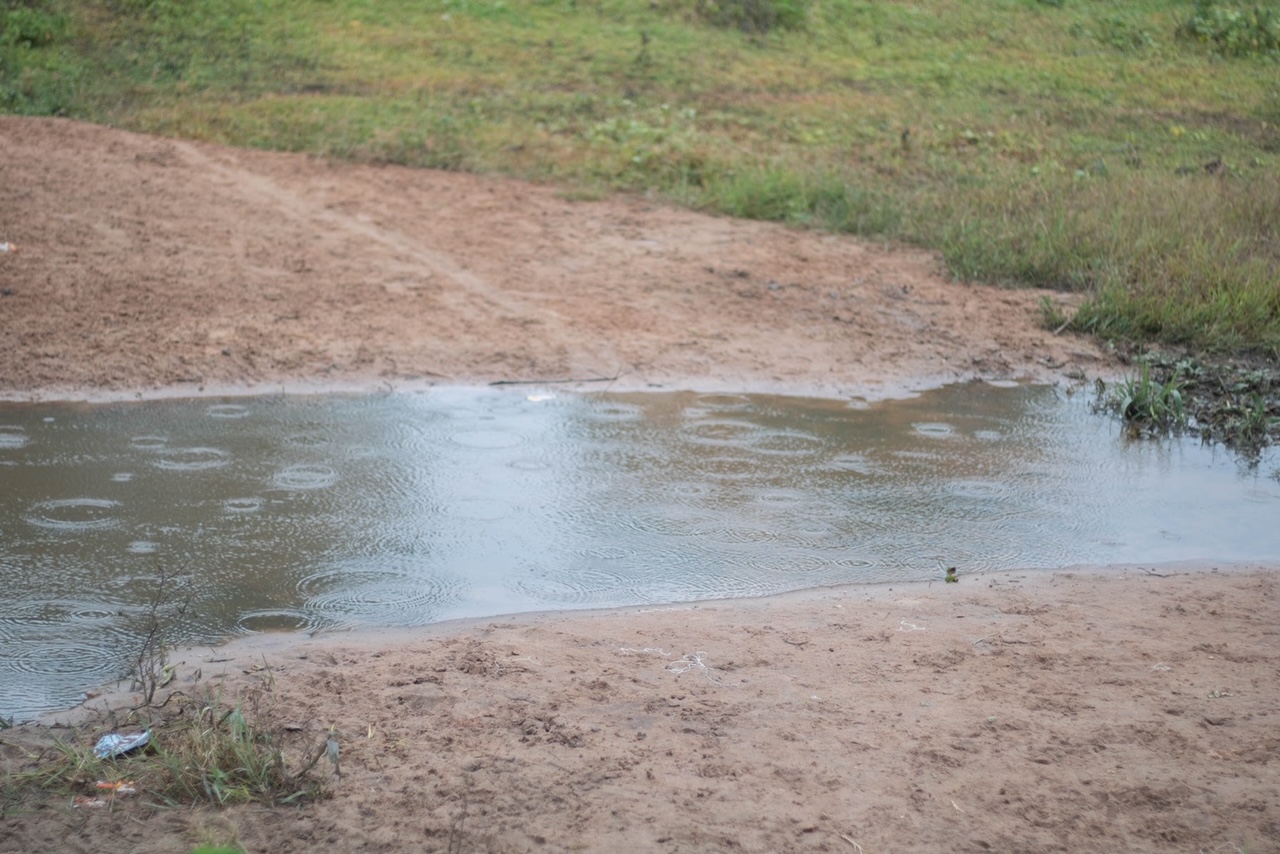 Photo Credit: Abubakar Sadiq Mustapha, Agaie, Local Government, Niger state.
Photo Credit: Abubakar Sadiq Mustapha, Agaie, Local Government, Niger state.
Water, Sanitation, and Hygiene (WASH)—three simple words that should represent universal human rights and the foundation of well-being. Yet for millions, these essentials remain elusive, unravelling into a web of interconnected crises. The absence of clean water sets off a domino effect, collapsing sanitation, deteriorating hygiene, and fueling cycles of malnutrition, disease, and poverty. This cascading crisis, rooted in water scarcity, highlights the fragile balance between humans and their environment, reminding us that the cost of inaction is far too great.
The Domino Effect of Water Scarcity
The lack of water is more than a physical absence; it is a profound assault on health and dignity. Without clean water, sanitation falters, creating an environment ripe for the spread of diseases like cholera, typhoid, and dysentery. Hygiene becomes a privilege, not a standard, forcing vulnerable communities into situations where disease and infection become inevitable. Imagine children with distended bellies, their frail bodies fighting malnutrition compounded by waterborne illnesses. Picture displaced families collecting water from gutters, unknowingly ingesting pathogens that compromise their immune systems further.
These aren’t distant realities but lived experiences for millions. I recall visiting rural communities as a child and seeing firsthand the struggles of those living without access to clean water. The long treks to boreholes, the laborious pumping of taps, and the rationing of water for basic needs—all underscore the inequities of water access. In some areas, taps run only every two days, and households are restricted to a fixed number of buckets. Women and children, often the ones tasked with water collection, bear the brunt of this burden, sacrificing time and energy that could be spent on education or economic pursuits.
The Invisible Crisis: Women and Hygiene
The intersection of water scarcity and gender inequity is glaring. For young girls, menstruation becomes a monthly ordeal without access to adequate water and sanitary products. Forced to use rags or other unhygienic methods, these girls are exposed to infections and are often shamed into missing school. This isn’t merely an inconvenience; it’s a denial of their dignity and potential.
The problem doesn’t stop there. In many water-scarce regions, firewood is the primary source of cooking fuel. Women spend hours inhaling smoke while preparing meals, leading to long-term respiratory illnesses. These are silent health crises, hidden behind cultural norms and systemic neglect.
Climate Change: The Catalyst for Crisis
Water scarcity is not an isolated issue; it’s a glaring symptom of climate change and environmental degradation. Deforestation, a key driver of climate change, disrupts water cycles by destroying vital watersheds. As forests vanish, groundwater recharge slows, surface runoff increases and ecosystems suffer. The results are devastating: drying rivers, shrinking water tables, and the loss of biodiversity.
The decline in rainfall, coupled with reduced condensation, signals a planet under immense pressure. Wildfires, fueled by parched landscapes, wreak havoc on ecosystems, releasing carbon emissions that exacerbate global warming. The cascading impacts of water depletion ripple across the natural world, affecting everything from crop yields to the availability of fruits and other essential resources.
The Modern Paradox
Ironically, as water becomes scarcer, modern lifestyles exacerbate the problem. The shift towards processed foods and packaged goods has reduced the consumption of water-rich, natural diets. These choices, driven by convenience, have led to rising rates of chronic diseases, including cancers. The overuse of plastics in packaging further contributes to pollution, compounding the ecological strain.
In urban areas, unsanitary street food conditions highlight the stark contrast between modern convenience and neglected hygiene. Vendors reuse dark, over-heated oils in environments surrounded by stagnant water, creating perfect breeding grounds for mosquitoes and other disease vectors. This convergence of poor sanitation, hygiene, and water scarcity paints a troubling picture of global health challenges.
Change in Collective Action
Addressing the WASH crisis requires collective action and systemic change. It begins with recognizing that clean water is not a privilege but a fundamental human right, essential for health, dignity, and sustainability. Governments must prioritize investment in water infrastructure and embrace sustainable management practices to safeguard dwindling resources. Communities need education and support to adopt responsible consumption habits.
Equally important is empowering women and girls with access to hygiene products and private facilities. This small but vital change can restore their dignity, improve health outcomes, and open doors to education and opportunity.
The Time To Respond Is Now
The cascading crisis of water scarcity, poor sanitation, and hygiene is not an abstract problem; it is an urgent global emergency that demands immediate action. As forests disappear, water sources dry up, and vulnerable communities suffer, the cost of inaction grows heavier by the day.
We cannot afford to treat this as someone else’s problem. From rural villages relying on boreholes to urban streets plagued by poor hygiene, the WASH crisis touches us all. Addressing it means not only safeguarding our present but ensuring a sustainable future for generations to come.
Let us remember: water is life, and its scarcity is a shared burden. The time to act is not tomorrow—it’s today. Together, we can turn the tide and secure a world where water, sanitation, and hygiene are not luxuries but universal realities.
Written by Shamsiyah Abdulmumini

